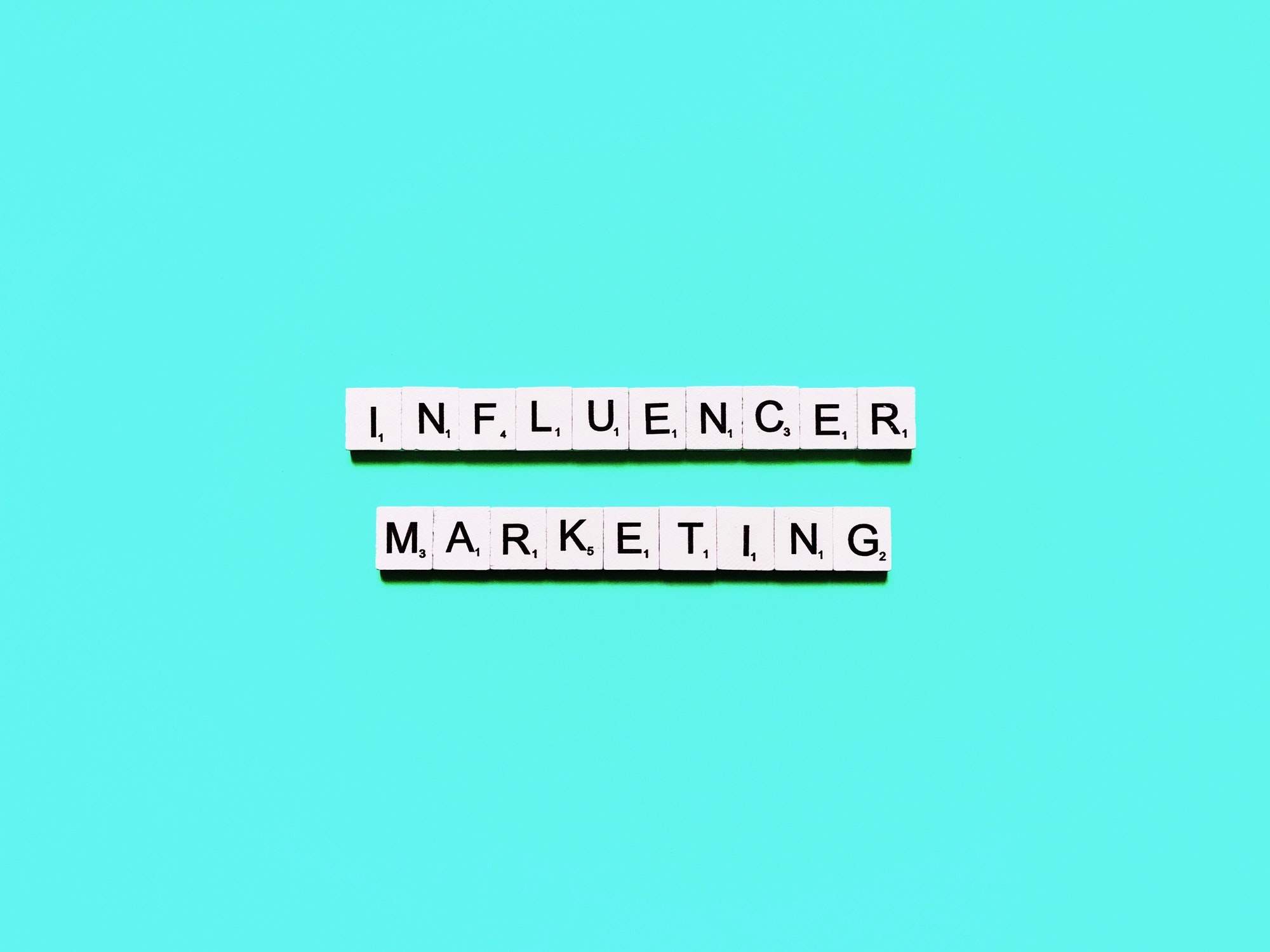Word on the web
Welcome to the Matchbox blog—your go-to spot for helpful tips, digital insights, and the latest tools shaping the web. From marketing trends to behind-the-scenes updates, we share what we’re learning, building, and excited about.
Top Reads
-
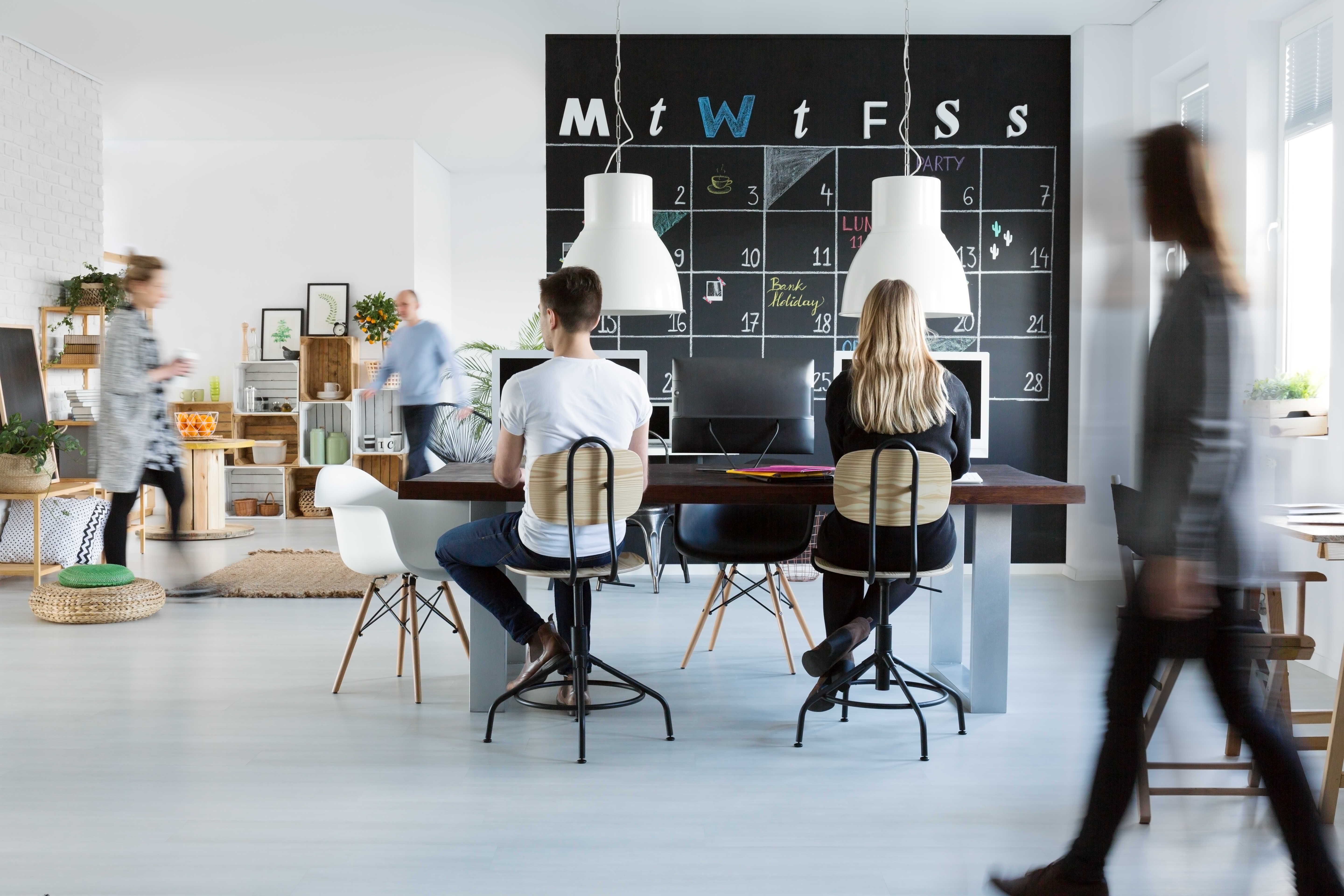
Harnessing The Power Of SEO: A Gateway To Digital Dominance In St. Louis
-
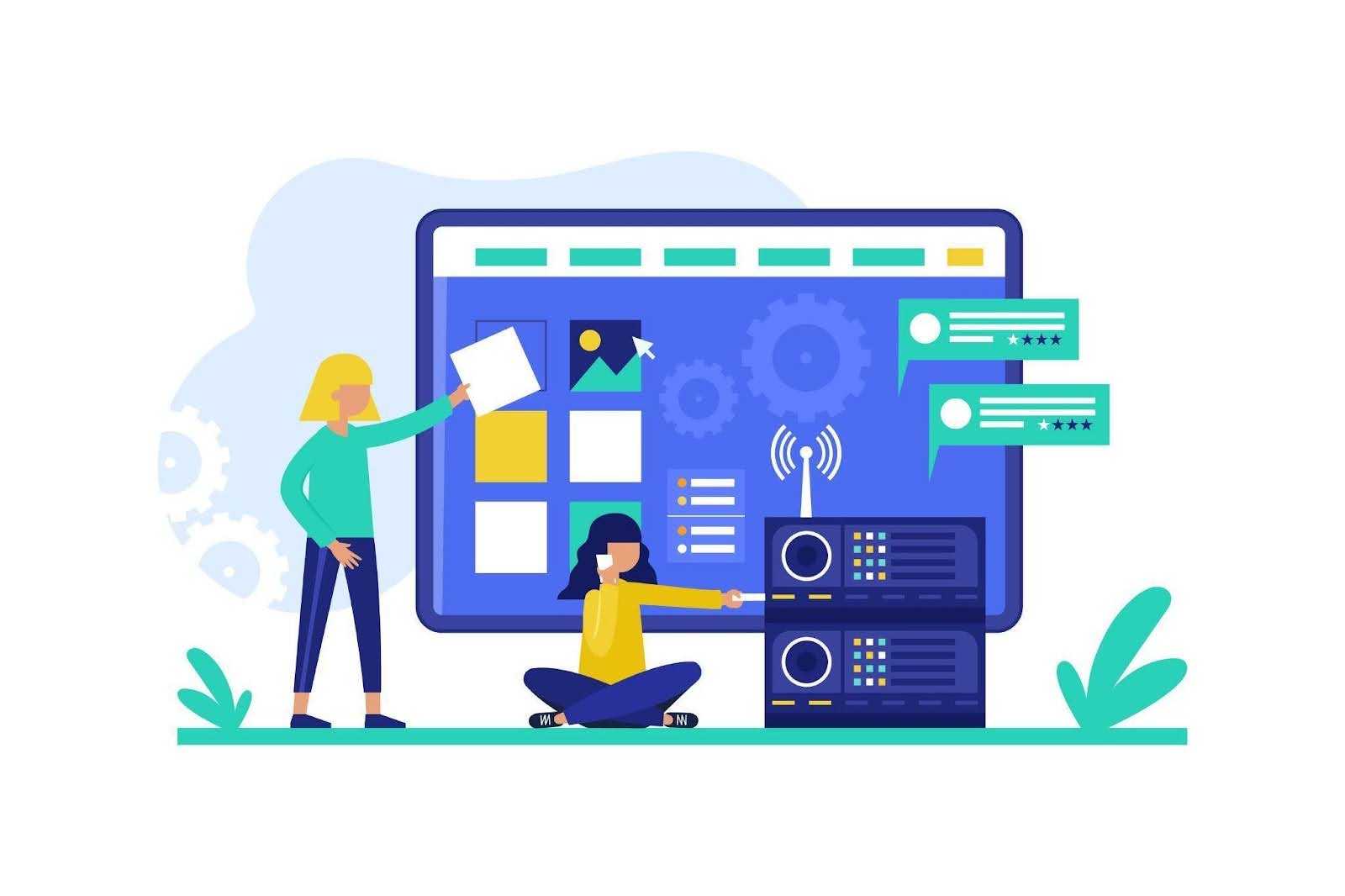
Building Custom AI Apps with Software Product Engineering
-
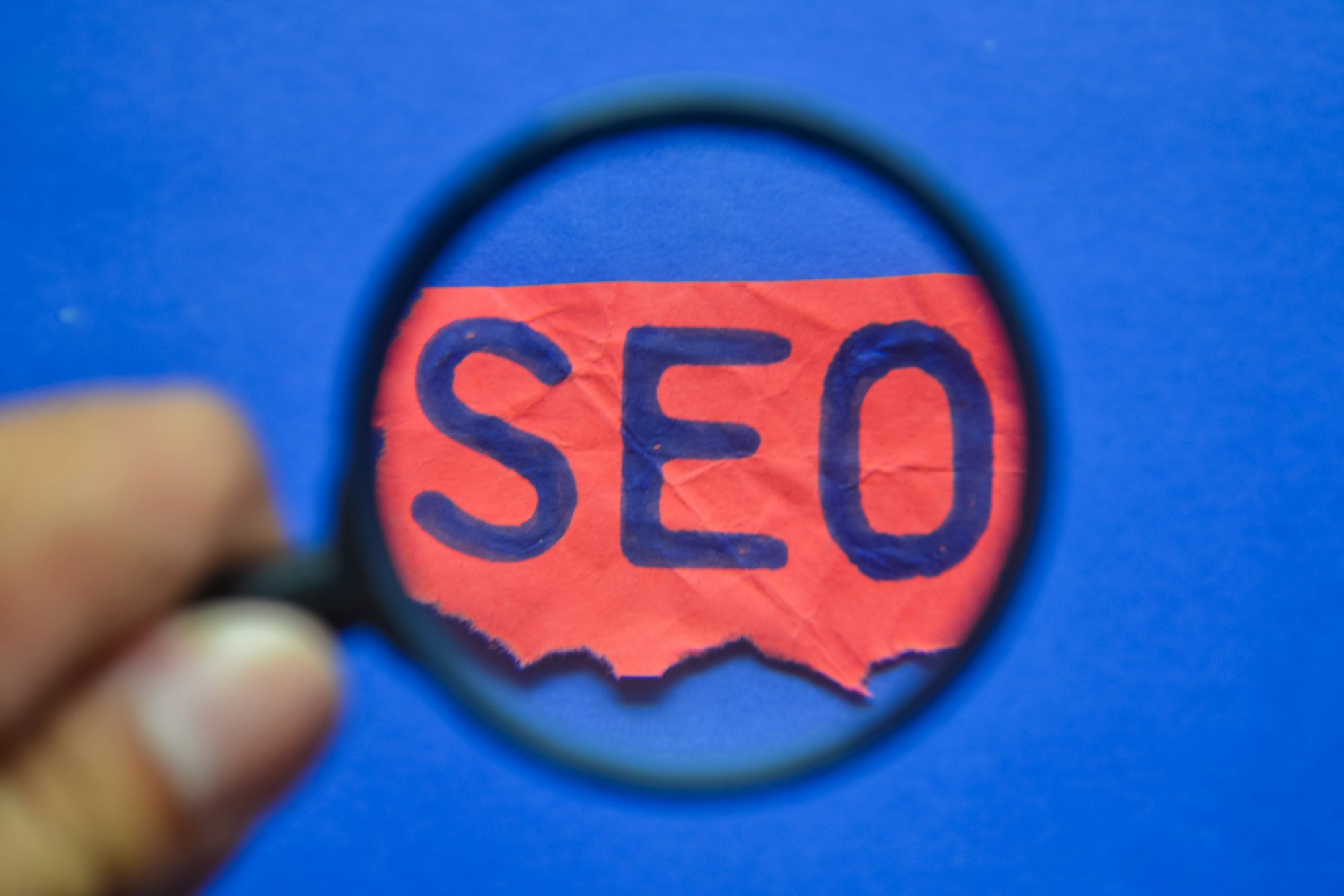
8 Types Of SEO Data, Where To Find It, And How To Apply It
-

Leveraging User Experience Insights From Website Analytics To Optimize Email Layouts
-

Blog SEO Tips: How To Structure Content For SEO & Humans
-

How To Develop A Digital Marketing Strategy For SaaS Businesses
-

How Can A Well-Designed Online Store Help You Sell More Products And Guarantee Your Success?
-

Check Domain Authority – The 3 Best SEO Tools OF 2023
-
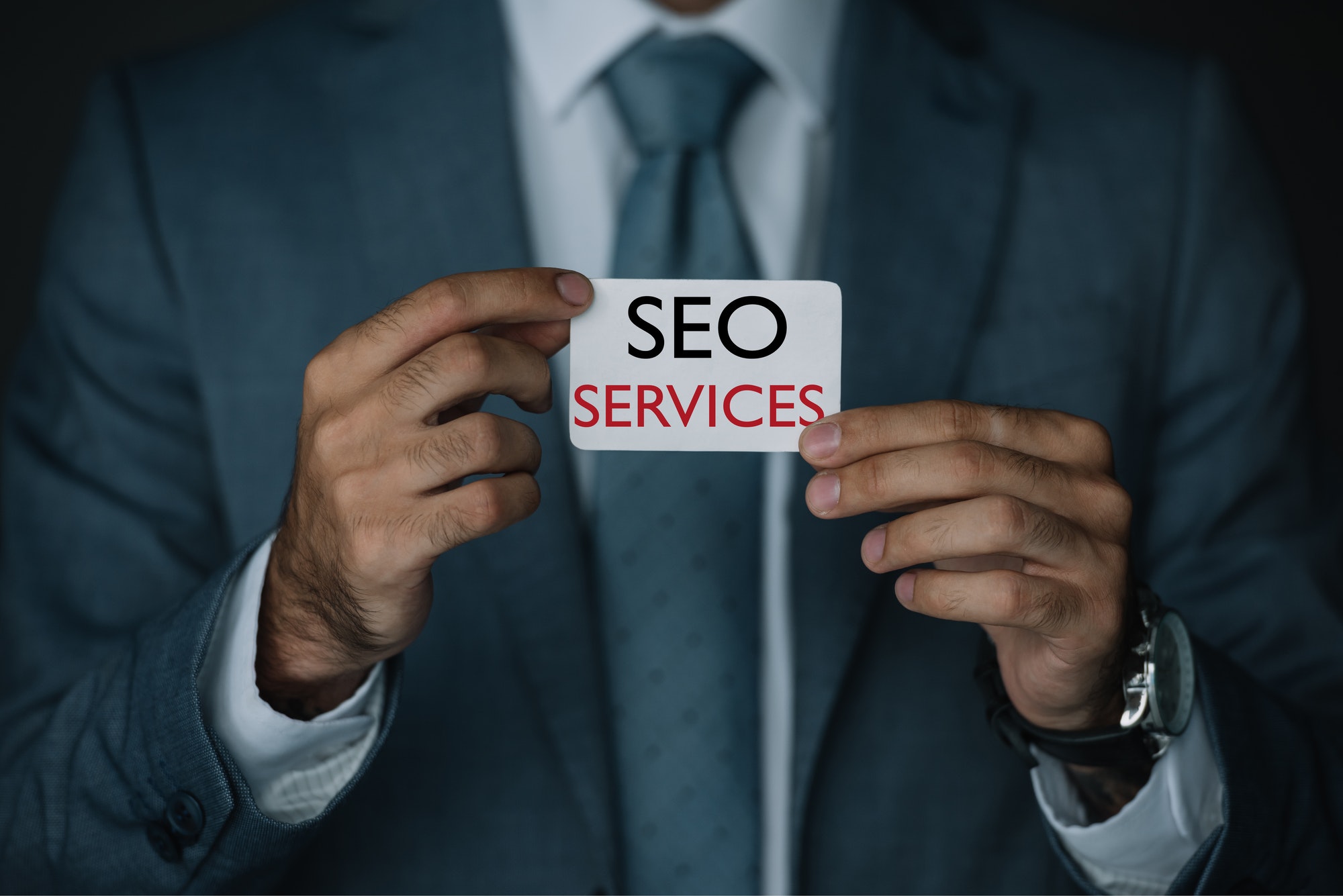
The Magnitude Of SEO Services
-

7 Mobile App Development Challenges In 2023 With Simple Solutions
-

Matchbox Design Group Is A Game Changer In The St. Louis SEO Industry
-

8 Tips To Optimize Your Mobile Apps In 2023
-

10 Tips Every Web Developer Should Know
